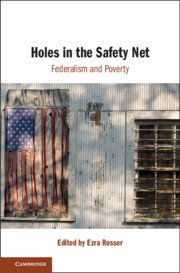New Article: Colleen V. Chien et al., How Generative AI Can Help Address the Access to Justice Gap Through the Courts, forthcoming Loyola of Los Angeles Law Review. Abstract below:
The growth in popularity of generative AI and large language model (LLM) interfaces like ChatGPT, Claude, and Bard has spurred interest and debate about the potential impacts of AI on inequality. In this short paper, we focus on the legal needs of low-income consumers and the potential of LLMs to increase their access to the court system in the United States. An estimated 90% of low-income Americans lack adequate assistance with civil legal problems and must interface with the legal system directly in consequential matters such as evictions, expungement, and immigration. In this paper, the first in a series, we explore the use of LLMs to increase access to justice through the courts, with a focus on externally-facing applications. Using the Arizona courts as a case study, we document and demonstrate five ways – translation into diverse languages, curation of legal provider information, guidance through self-help forms and procedures for eviction and expungements, and technical infrastructure planning for the courts – AI assistants, used appropriately, and with human supervision, have the potential to make legal processes and information more accessible to low-end consumers. To support further work, and for illustrative purposes, we publish two GPT-powered chatbots built based on information on existing websites hosted by the Arizona state courts ( https://bit.ly/AZExpungement and https://bit.ly/AZ-evictionbot), provide all of our prompts and instructions for implementing the five use cases described above in an appendix, and compare and contrast the different responses we get from the different platforms.





